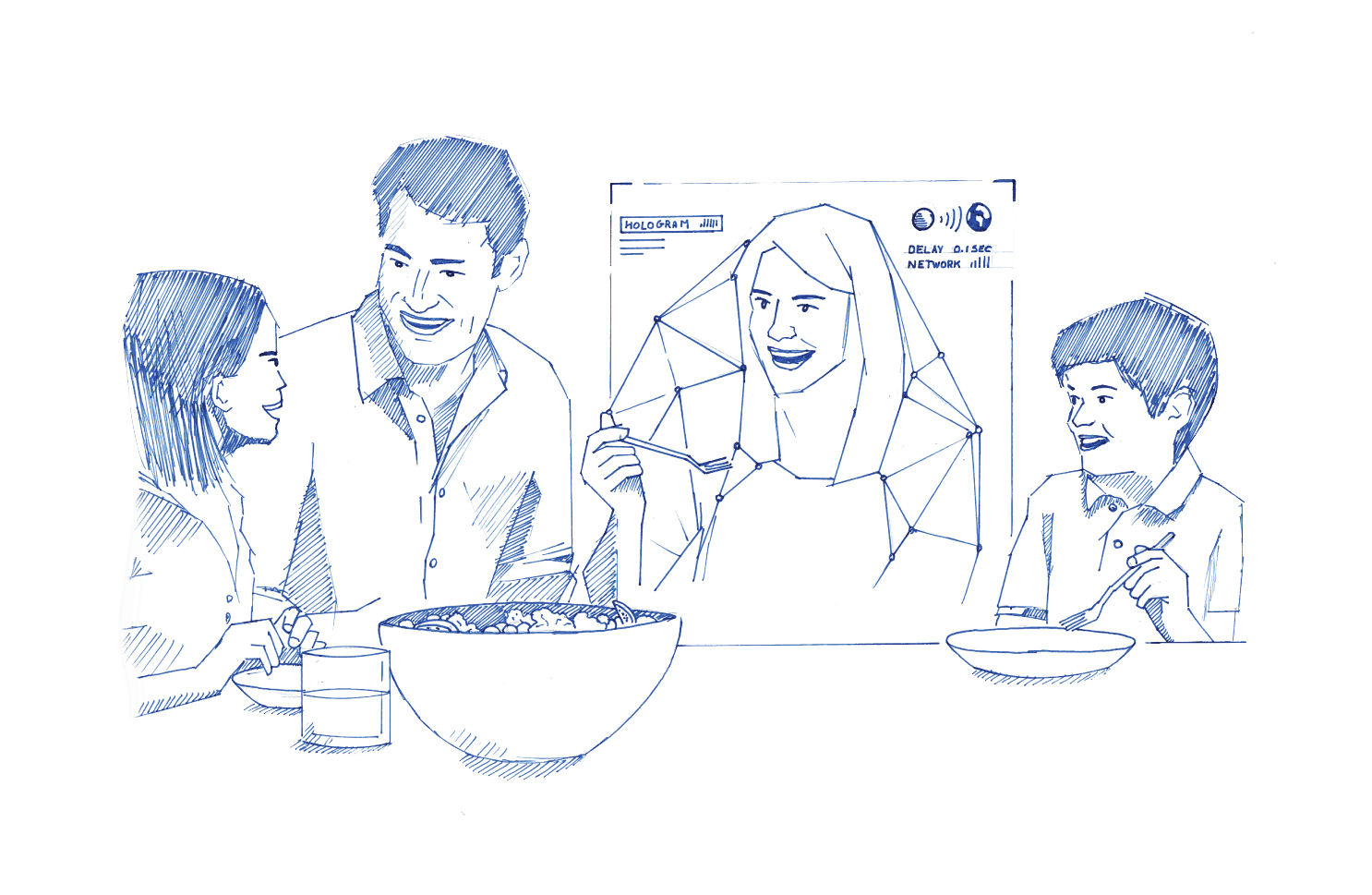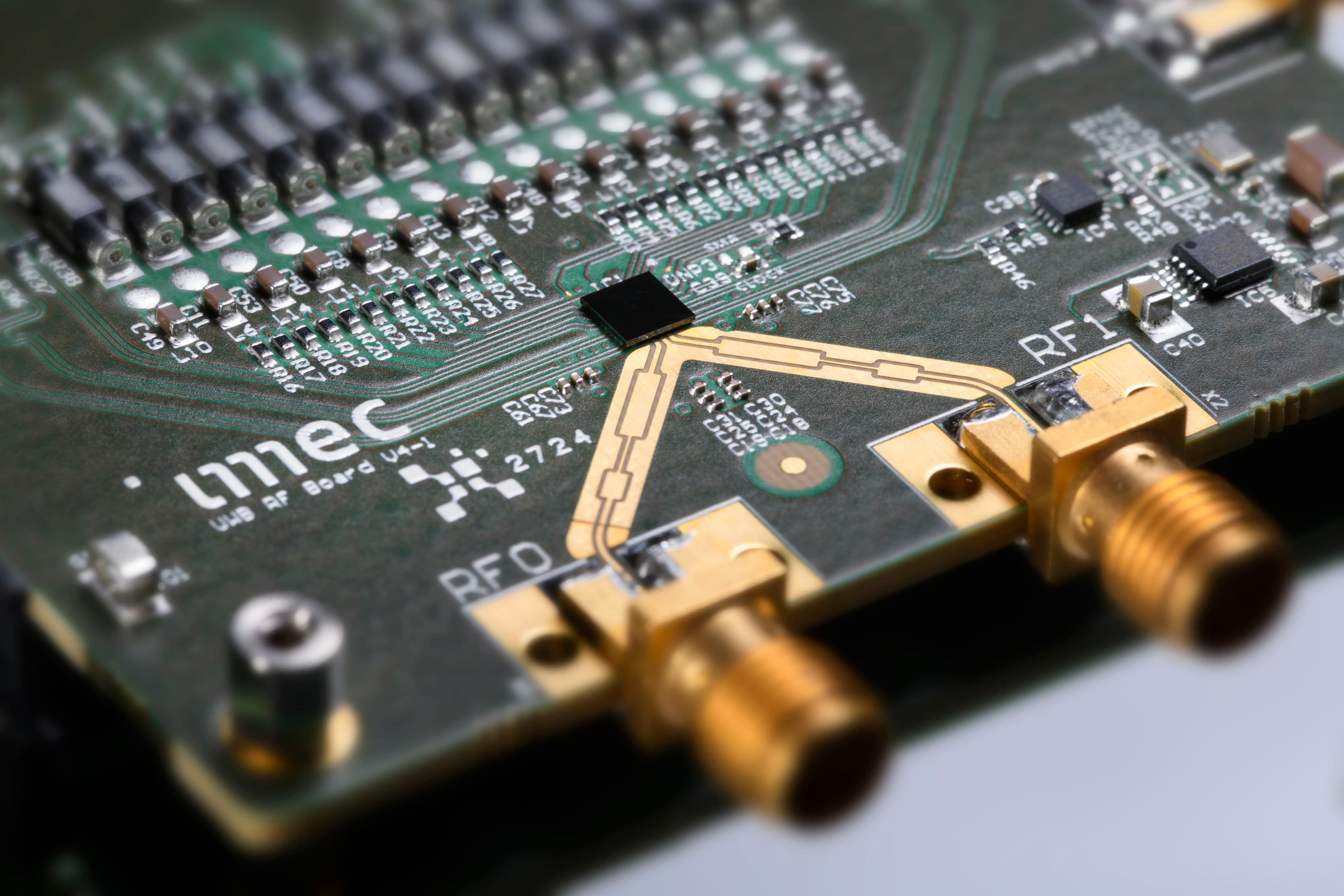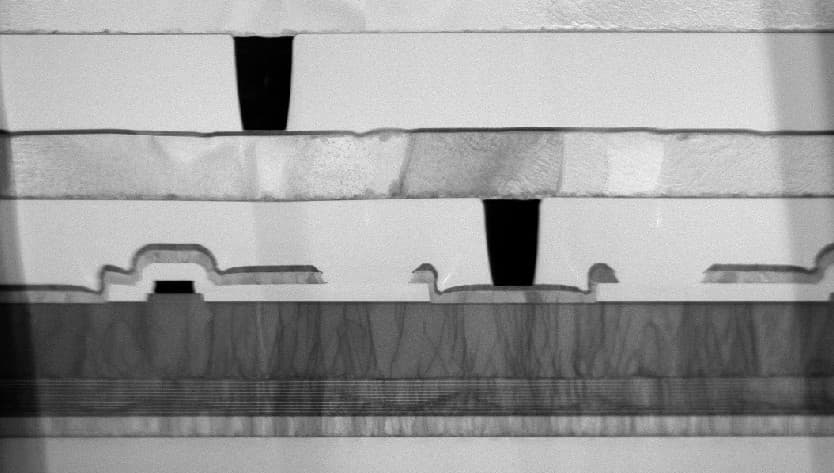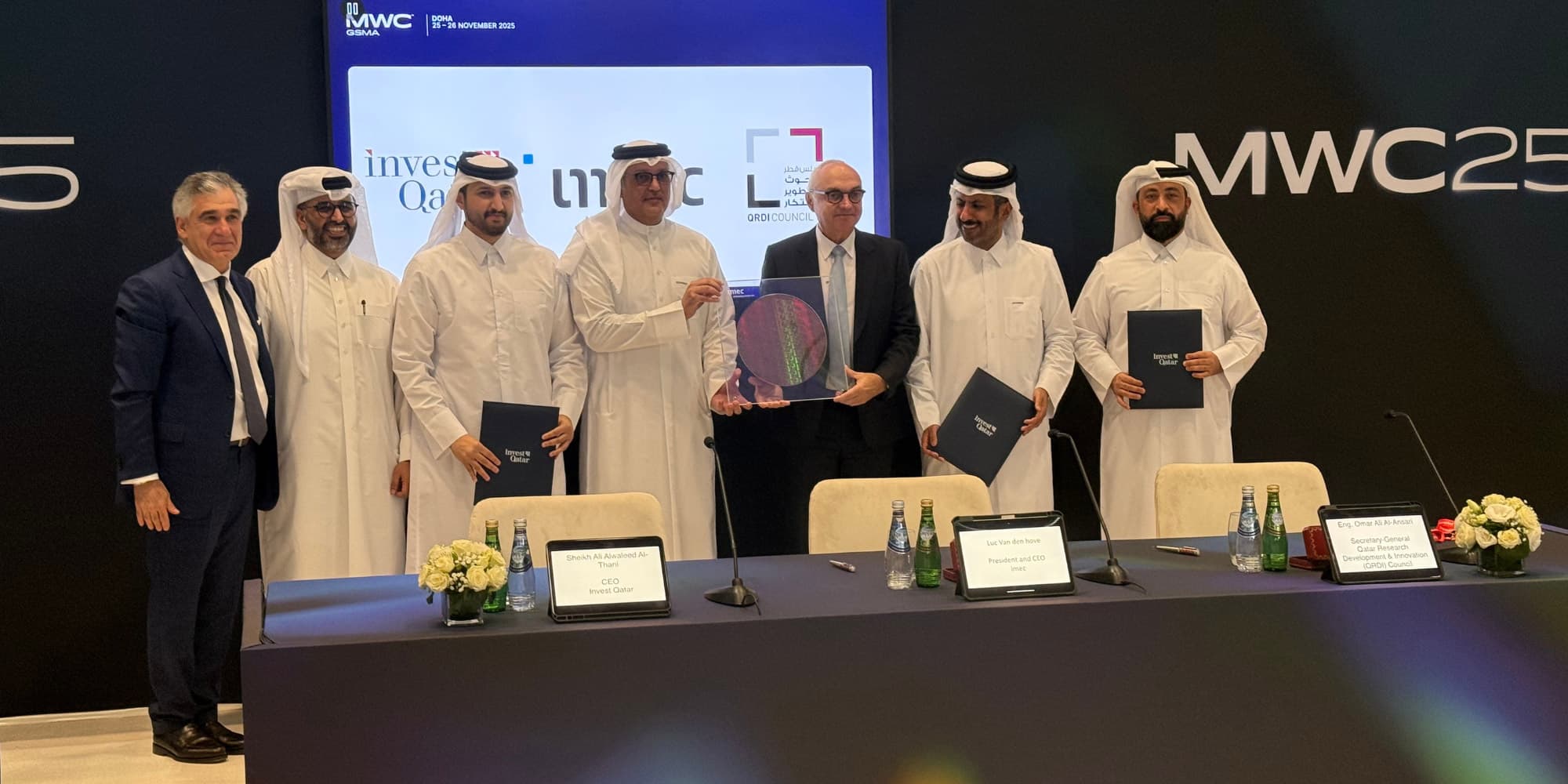
You can be in two places at the same time!
By 2035, there’s a good chance that people will be living on Mars. In fact, the Mars One project plans to have its first permanent crew living on the red planet by 2031. And even when return journeys become possible, a one-way trip will take anything between six and eight months. So you can safely assume that travelers to Mars will have to be away from home for quite a few years at a time. And anyone who has been on an extended journey or even a short (business) trip knows that missing the warmth of home can in no way be made up for by so-called ‘quality time’ on FaceTime or Skype.
But don’t worry. By 2035, the technology for ‘telepresence’ – being present from a distance – will be so realistic that you won’t be able to tell it apart from the real thing. We may not be able to do a ‘Beam me up Scotty’ with our physical self, but our virtual twin will be there on the trip to compensate for our absence and to fill the void we leave. All of which means that you may well be 225 million kilometers away from home, but you’ll still be there on time to put the kids to bed or enjoy a cozy meal together.
On paper, telepresence is actually not so difficult to achieve. You only need two basic technologies to make it happen: photonics (based on light) and phonics (based on sound). Or let’s call them sophisticated optical and acoustic systems. So, having a virtual presence can be made ‘easy’ through the complex interaction of sound waves and holographic light projections.

Holography is already being experimented with today to bring dead performers back to the stage – who has seen Tupac perform? – and the manipulation of sound waves is far from new. In fact, it has been experimented with since the 1960s, using directional loudspeakers (that send the sound in a specific direction only).
But what is new today is that optical and acoustic building blocks can now be miniaturized. Lenses, mirrors, microphones, speakers, etc. can all be produced in anything from micro- to nanosize. Which means you can create a television screen that not only has pixels for light but also for sound – using ultra-tiny speakers. This type of screen can be used to enable several people to watch the same film together, but hear the soundtrack in their own language.
And using very small microphones and loudspeakers, you can affect more than just your hearing. You can also use them for motion detection or to transmit a touch or vibration from a distance. From Mars, for example. So you’ll really be able to feel that goodnight kiss from the ‘mama-hologram’!











